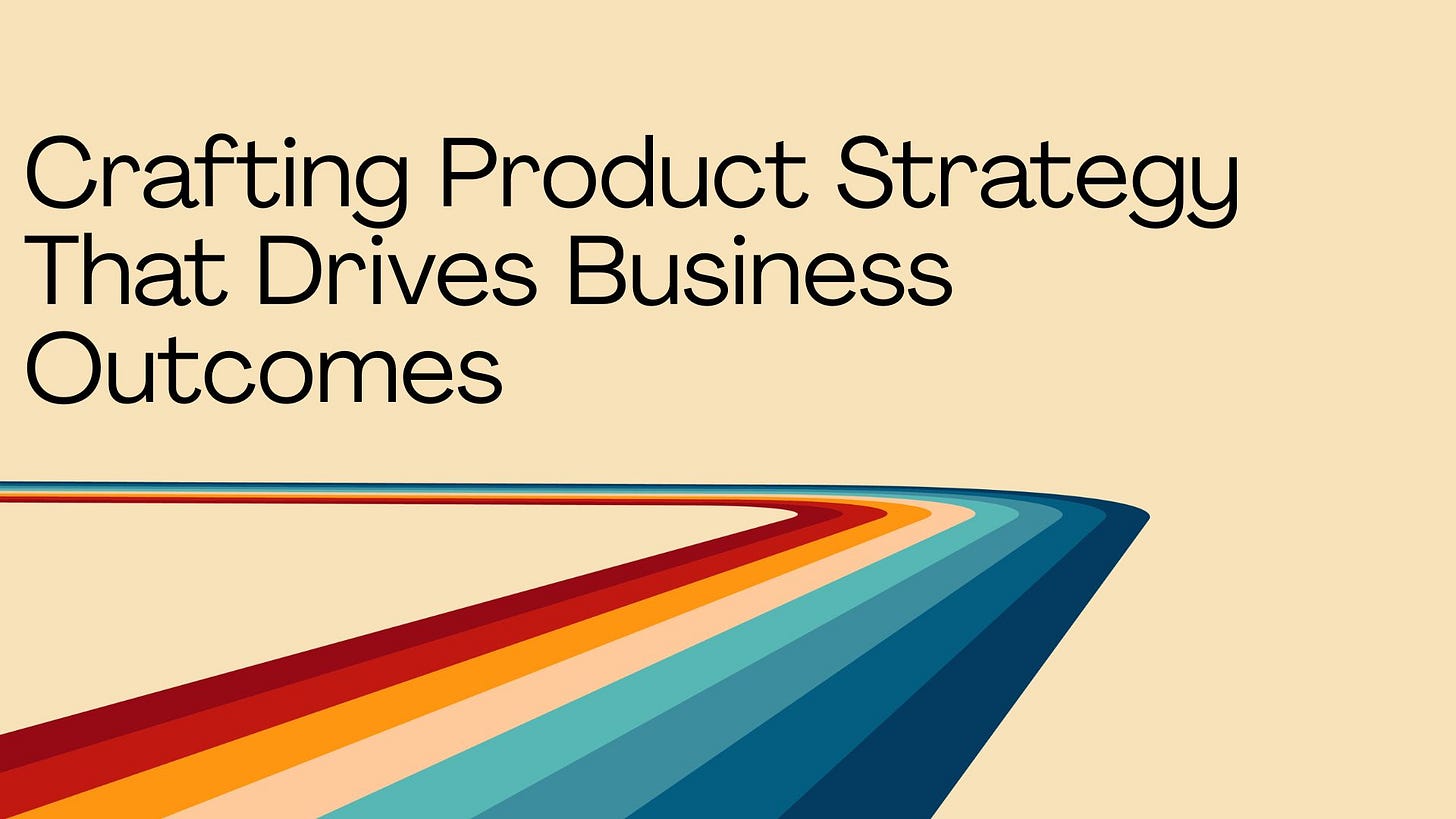Crafting Product Strategy That Drives Business Outcomes
Impact, not just features.
Setting an Impactful Product Strategy for B2B SaaS
Building a great B2B SaaS product isn’t just about shipping features—it’s about delivering impact. A solid product strategy clarifies who we serve, where we won’t waste time, and what core initiatives drive real outcomes. Here’s how to approach it in a way that moves the needle.
1. Nail the Ideal Customer Profile (ICP)
If you’re building for everyone, you’re building for no one. An effective strategy starts with defining your ICP—not just by industry or company size, but by specific pain points and behaviors. Your best customers share common characteristics:
Problem awareness – They actively feel the pain your product solves.
Buying power – They have the budget and authority to make decisions.
Adoption readiness – They are equipped to implement and integrate your solution.
By locking in on this group, you filter out distractions and focus your efforts on delivering maximum value where it matters most.
2. Be Clear on Where You Don’t Play
Just as important as knowing your ICP is knowing who you don’t serve. This is where discipline comes in.
Are you chasing SMBs when your strength is mid-market and enterprise?
Are you considering integrations that stretch your core value prop too thin?
Are you letting a few loud customers pull you into niche features that don’t scale?
Great products die by a thousand cuts when they try to be everything to everyone. Draw your lines early and stay focused.
3. Define the Core Initiatives
Once your ICP is clear, you need a set of initiatives that drive impact for them. These initiatives should tie directly to customer outcomes and business goals. Typically, they fall into a few buckets:
Simplify the experience – Reduce friction in workflows, improve UX, and remove bloat.
Expand the core – Strengthen your primary offering with features that deepen engagement.
Drive outcomes – Focus on capabilities that directly impact customer success metrics.
Leverage AI & automation – Use AI to streamline admin work, enhance analytics, and drive insights at scale.
Each initiative should have a clear why behind it. If you can’t articulate the direct impact, it’s probably not worth pursuing.
4. Set Goals That Drive Impact, Not Just Features
Many teams fall into the trap of measuring progress by feature releases. Instead, set goals that focus on outcomes:
Customer activation rates – How quickly are new users getting to value?
Feature adoption – Are key features being used in a way that drives results?
Retention & expansion – Is your product sticky enough that customers grow with it?
When teams know they’re responsible for impact—not just output—they make better decisions. Features become a means to an end, not the end itself.
Final Thoughts
A strong product strategy requires discipline. Define your ICP, be clear about what you won’t do, align around core initiatives, and set goals that drive real outcomes. Do this well, and your team will focus on what truly matters—creating impact, not just shipping software.



